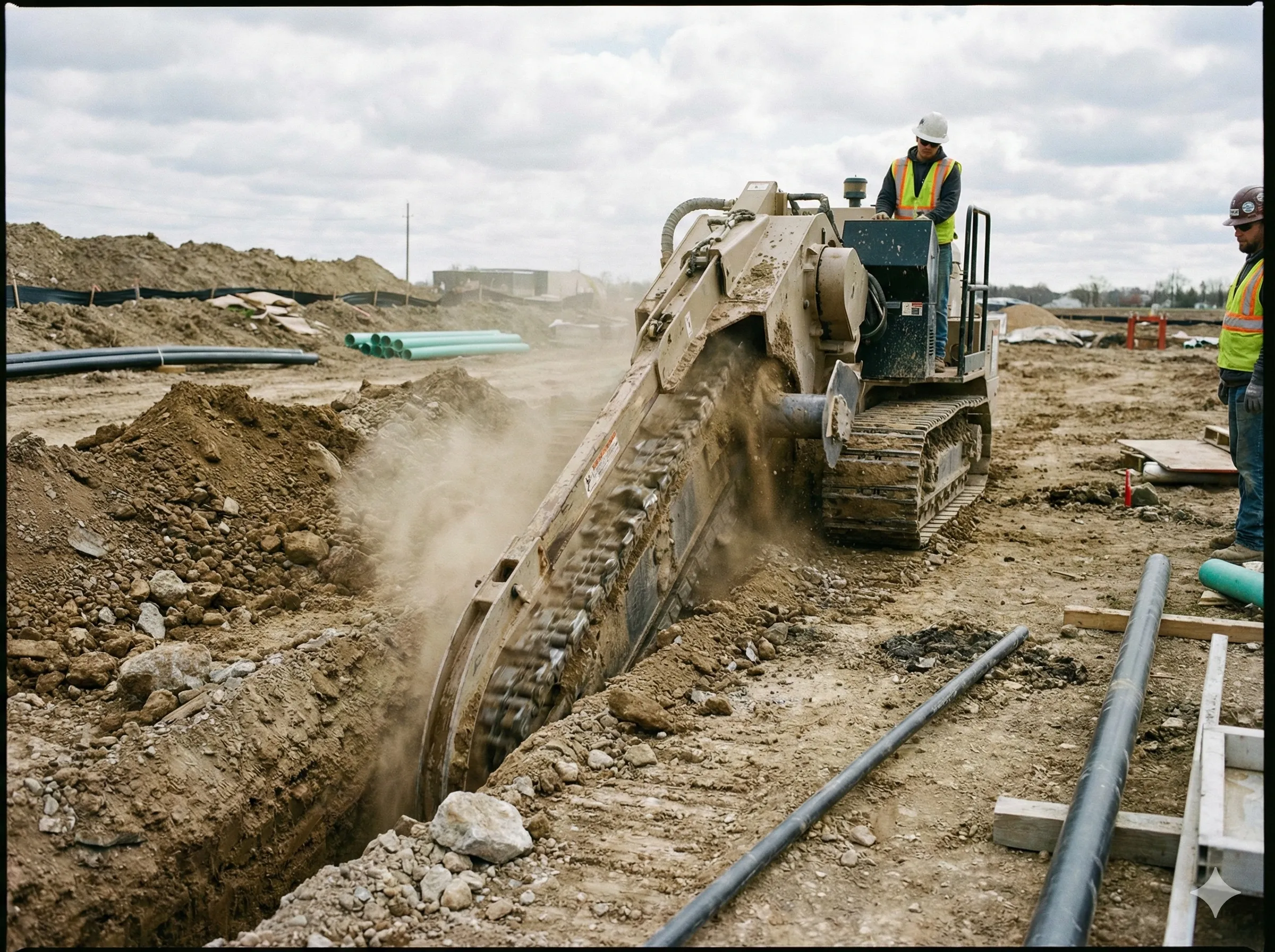Choosing the right air conditioning system is crucial for maintaining home comfort. Whether you're deciding between a ductless mini-split system or a central air conditioner, the best choice depends on your home's structure, size, and cooling needs. This guide will help you understand the differences and make an informed decision.
What is a Ductless System?
A ductless system, commonly known as a mini-split, consists of two main components:
Condenser: Installed outside your home, it removes heat from the air.
Air Handler: Installed inside your home, it delivers cool air to your space.
These two parts work together to cool your home efficiently without requiring ductwork.
Do You Already Have Ducts in Your Home?
The presence of ducts is a key factor in choosing between these systems:
If your home already has ducts, a central air conditioner is likely the better option. It integrates seamlessly with existing ductwork.
If your home lacks ducts, a ductless mini-split system is easier and more cost-effective to install. It requires only a small hole in the wall for the cable connection, making it ideal for new additions or rooms without ducts.
How Big Is Your Home?
The size of your home plays an important role in determining the most suitable system:
Ductless Systems: Best for smaller homes under 2,000 square feet. They are efficient for cooling specific areas or smaller spaces.
Central Air Systems: Ideal for larger homes over 2,500 square feet. These systems are more powerful and can cool large spaces effectively.
What’s Your Budget for Cooling?
Budget considerations can influence your choice:
Ductless Systems: Typically cost a few thousand dollars per unit installed inside the home. Costs increase with additional units or high-efficiency models.
Central Air Systems: Generally more expensive upfront than basic ductless systems but may be comparable to high-end mini-splits.
Many HVAC services providers offer financing options, allowing you to pay monthly installments as low as $40 depending on your plan and system choice.
Do You Need Zoning for Different Rooms?
Zoning allows you to set different temperatures in various rooms:
Ductless Systems: Zoning is simpler and more affordable with mini-splits since each unit operates independently.
Central Air Systems: Zoning requires dampers installed within the ductwork, which adds to the cost.
Zoning is particularly useful if certain rooms are hotter or cooler than others or if household members prefer different temperatures.
Do You Want Heating Too?
Some ductless systems double as heat pumps, providing both cooling and heating:
Heat pumps can cool your home in summer and heat it during winter, making them versatile solutions.
They work efficiently until temperatures drop below 7°C, at which point supplemental heating may be needed.
This feature can reduce heating costs by minimizing reliance on traditional heaters during milder winters.
Final Thoughts
Both systems have their advantages:
Ductless Systems: Easy installation, energy efficiency, and suitability for smaller homes or spaces without ducts.
Central Air Systems: Better for larger homes with existing ductwork and offer hidden units for a cleaner aesthetic.
Consulting with a trusted HVAC services provider is essential. They can assess your home's layout, cooling needs, and budget to recommend the best solution. Whether you're installing or renting a system, professional guidance ensures optimal performance and comfort.
With expert help, keeping your home cool becomes effortless!




















